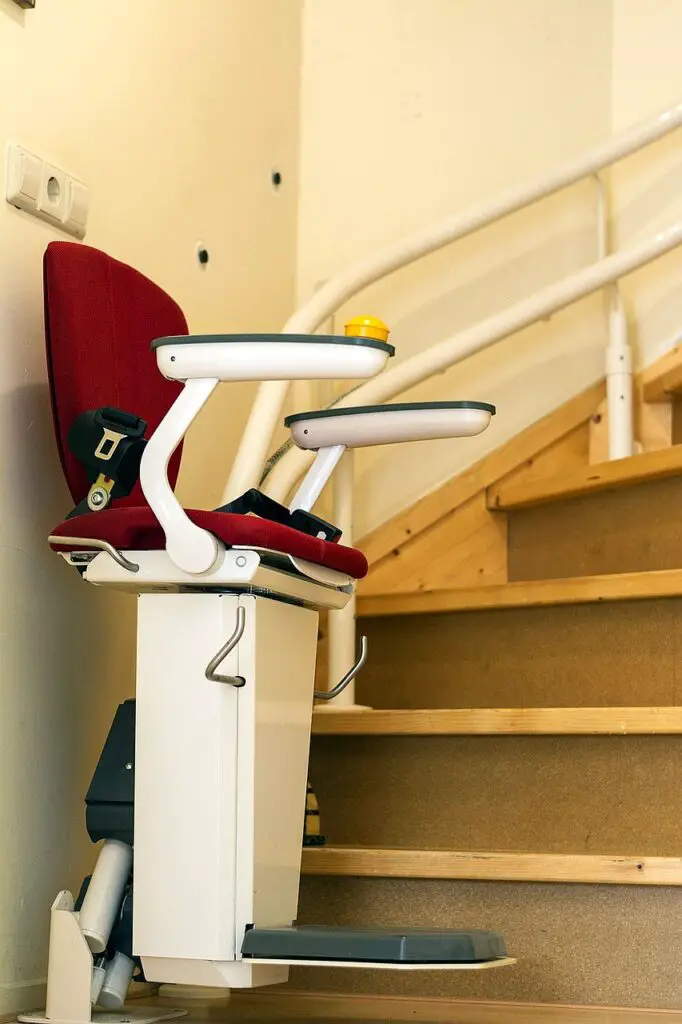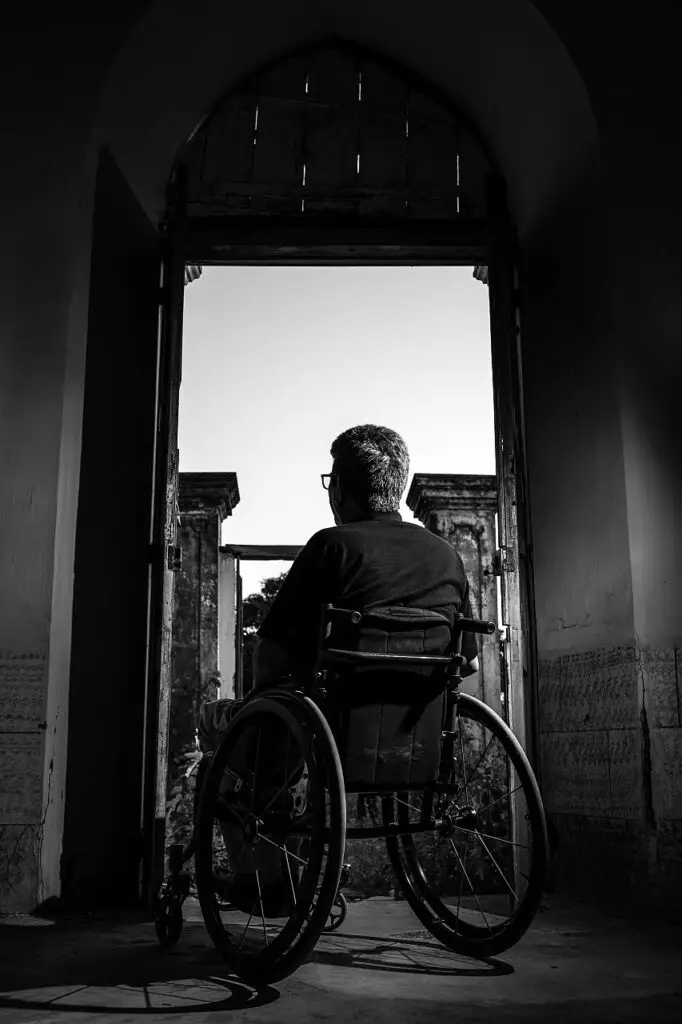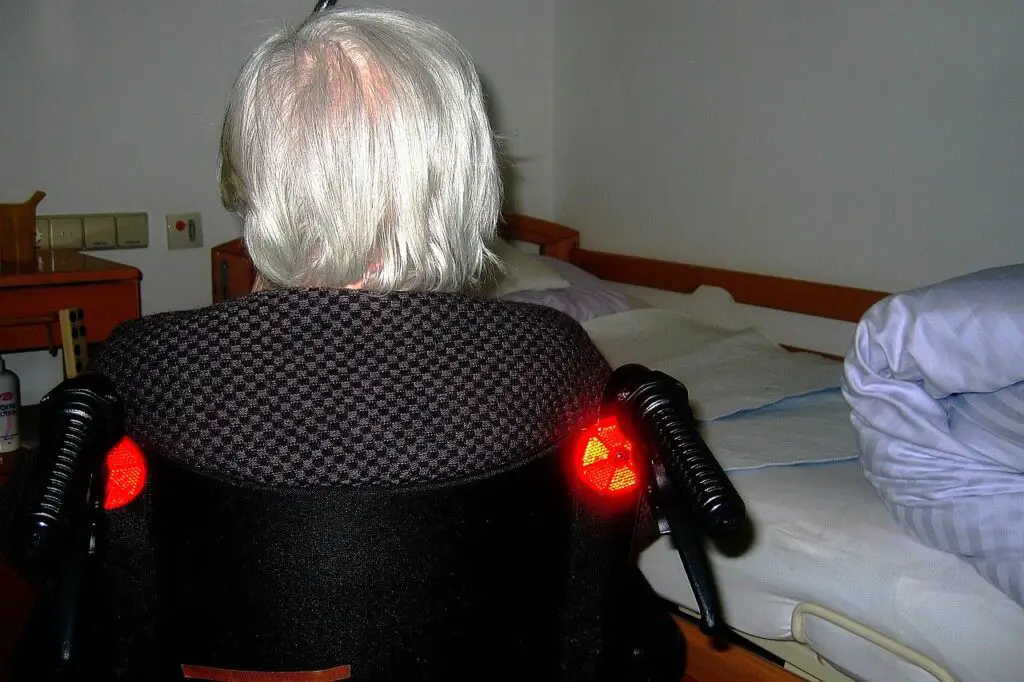Adapting to a mobility issue, illness, or just getting older is a major adjustment. Even a place as comfortable as your own home can become difficult to navigate. Fortunately, there are things that you can do to make it more accessible. Here are some tips to help you make your home more accommodating:
Install a Ramp
Stairs are a common hazard for those with limited mobility, as well as those in wheelchairs. Whether you have just a few stairs or several leading up to your front door, installing a ramp makes getting into your own home much easier and much safer. It can also be beneficial to have a ramp installed at the back entrance of your home or onto your patio for additional accessibility.
According to the CDC, falls are the leading cause of fatal and non-fatal injuries among adults aged 65 and older. Installing a ramp can greatly reduce the risk of falls and increase independence.
As someone who is disabled, having a ramp at my front door would make a huge difference in my ability to come and go as I please. I would feel more confident and less anxious knowing that I can safely navigate the entrance to my home.
Consider a Stair Lift

Stairs leading up to a second floor present a serious safety hazard, and falls are one of the most common at-home accidents. Installing a stair lift makes it much easier for you to get up and down the stairs in your home, enabling you to get to any room on any floor with ease. A stair lift can also be helpful for carrying heavy items up and down the stairs.
According to a study by the National Safety Council, falls are responsible for nearly one-third of all nonfatal injuries in the United States. Installing a stair lift can greatly reduce the risk of falls and make your home more accessible.
As someone who is disabled, having a stair lift in my home would allow me to access areas of my house that are currently off-limits to me. It would increase my independence and make daily tasks, like doing laundry or accessing my bedroom, much easier.
Modify Your Bathroom
Bathrooms can be one of the most challenging areas in the home for people with mobility issues. Consider changing out your tub or shower with a step-in tub or walk-in shower to make it easier to get in and out. Additionally, make sure to choose a tub or shower with a non-slip surface or add a non-slip mat to decrease your fall risk. Place handrails near the toilet, in the shower or tub, and by the sink for additional support.
According to a report by the National Institute on Aging, more than one in three seniors over the age of 65 fall each year. Modifying your bathroom can greatly reduce the risk of falls and increase independence.
As someone who is disabled, having a bathroom that is accessible would make a huge difference in my daily life. It would make tasks like bathing and using the toilet much easier and reduce the risk of falls.
Create a Barrier-Free Pathway
Creating a barrier-free pathway throughout your home can greatly enhance accessibility. This means ensuring that there are no tripping hazards or obstacles in the way. Consider removing any loose rugs or mats, and secure any electrical cords or wires that may pose a tripping hazard. In addition, ensure that your doorways are wide enough to accommodate any mobility devices that you may use.
According to a report by the World Health Organization, falls are the second leading cause of accidental injury and death worldwide. Creating a barrier-free pathway in your home can greatly reduce the risk of falls and increase independence.
As someone who is disabled, having a clear and safe pathway throughout my home would greatly increase my confidence and independence. I would

Install Grab Bars
Grab bars can be installed in various areas throughout your home, including bathrooms, hallways, and even your bedroom. They provide additional support and stability when navigating your home and can greatly reduce the risk of falls. Make sure to install them securely and at a height that is comfortable for you to reach.
According to the National Institute on Aging, falls are the leading cause of injury-related hospitalization among older adults. Installing grab bars can greatly reduce the risk of falls and make your home more accessible.
As someone who is disabled, having grab bars installed throughout my home would provide me with additional support and help me feel more secure when moving around. It would make tasks like getting in and out of bed or using the bathroom much easier.
Making your home more accessible can greatly enhance your quality of life and increase your independence. These tips are just a starting point, and there are many other modifications that can be made to accommodate your specific needs. Consult with a professional to assess your home and determine what modifications would be most beneficial for you.

FAQs:
- How can a ramp increase safety?
- A ramp can reduce fall risk by eliminating the need to navigate stairs.
- Can a stair lift be helpful even if I don’t have mobility issues?
- Yes, a stair lift can be helpful for carrying heavy items up and down the stairs.
- What modifications can make my bathroom more accessible?
- Installing a step-in tub or walk-in shower, non-slip surfaces, and handrails can increase accessibility and decrease fall risk.
- What are some common tripping hazards in the home?
- Loose rugs or mats, electrical cords or wires, and narrow doorways can be tripping hazards.
- How can I make my kitchen more accessible?
- Pull-out shelves, adjustable cabinets, and comfortable countertop heights can make your kitchen more accessible.
- What are some smart home features that can enhance accessibility?
- Motion sensor lights and a smart home system that allows you to control your lighting, temperature, and appliances with your voice or a mobile app.
- What is an accessibility assessment?
- An accessibility assessment is a professional evaluation of your home to identify areas of concern and recommend modifications to enhance accessibility.
- Should I seek professional help for home modifications?
- If you’re unsure where to start, hiring a professional for an accessibility assessment can be helpful in identifying the best modifications for your needs.
- How can I ensure that my home is safe and comfortable even with physical challenges?
- Making modifications such as installing a ramp, stair lift, modifying your bathroom and kitchen, creating a barrier-free pathway, and installing lighting and smart home features can greatly enhance accessibility and safety.
- Why is it important to prepare for potential mobility issues?
- Preparing for potential mobility issues can help ensure that your home remains a safe and comfortable place to live, regardless of any physical challenges you may face.
